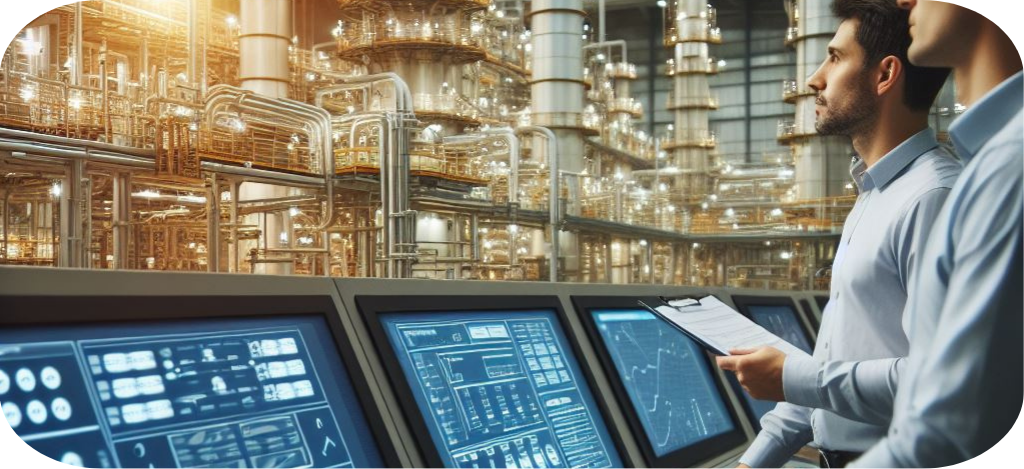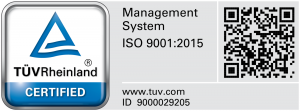

In recent years, industrial incidents involving combustible gas and dust have captured global attention due to their devastating impact. Fires and explosions from combustible gas and dust have led to significant property damage, injuries, and even fatalities. Understanding the science behind these incidents, the factors contributing to their occurrence, and the measures required to prevent them is critical for ensuring workplace safety.

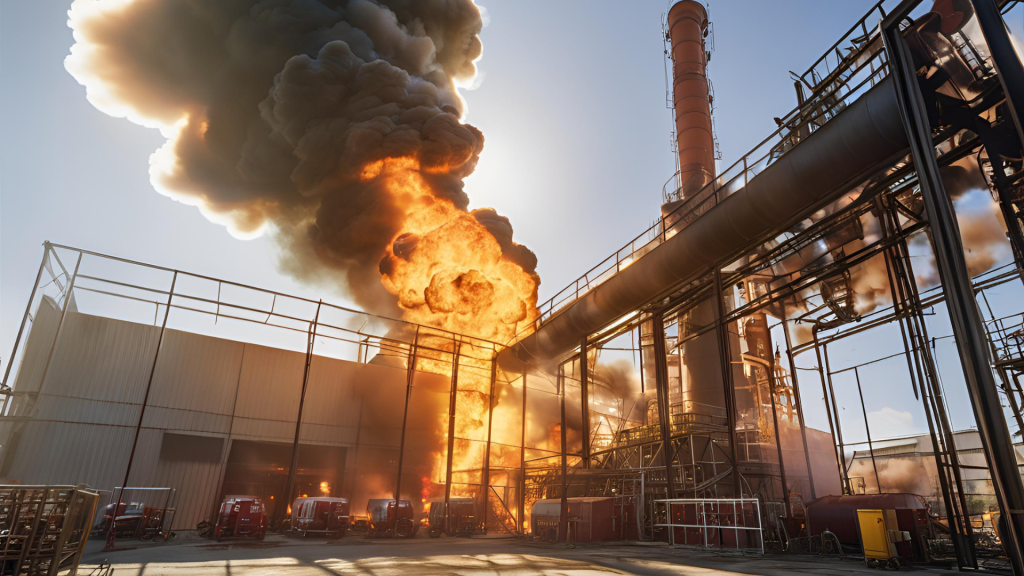
A combustible gas is a gas that can ignite and burn when exposed to an ignition source, such as a spark, flame, or heat. These gases have the potential to form explosive mixtures with air or other oxidizing gases. When the concentration of combustible gas in the air reaches a specific range and is exposed to a heat source, it can lead to a fire or even an explosion.
Combustible gases include a wide array of chemical compounds, each with unique properties and applications. These gases are classified according to the ignitability of the gas/air mixture, as defined in EN/IEC 60079-20-1, which provides guidelines on the explosion hazards of gases. This classification helps industries manage risks and implement appropriate safety measures. Below is a categorized list of common combustible gases and their uses:
| Gas Groups | Gases are classified according to the ignitability of the gas/air mixture as defined in EN/1EC 60079-20-1 |
| IIIA | Acetic, Acid, Acetone, Ammonia, Butane, Cyclohexane, Propane, Gasoline (petrol). Methane (natural gas, non-mining), Toluene, Xylene. Methanol (methyl alcohol) |
| IIIB | Group IIIA gases plus, Di-ethyl ether, Ethylene, Ethanol Methyl ethyk ketone (MEK), Propane-1-ol (n-propyl alcohol) |
| IIIC | Group IIIA and IIIB gases plus, Acetylene, Hydrogen |
Hydrocarbon Gases:
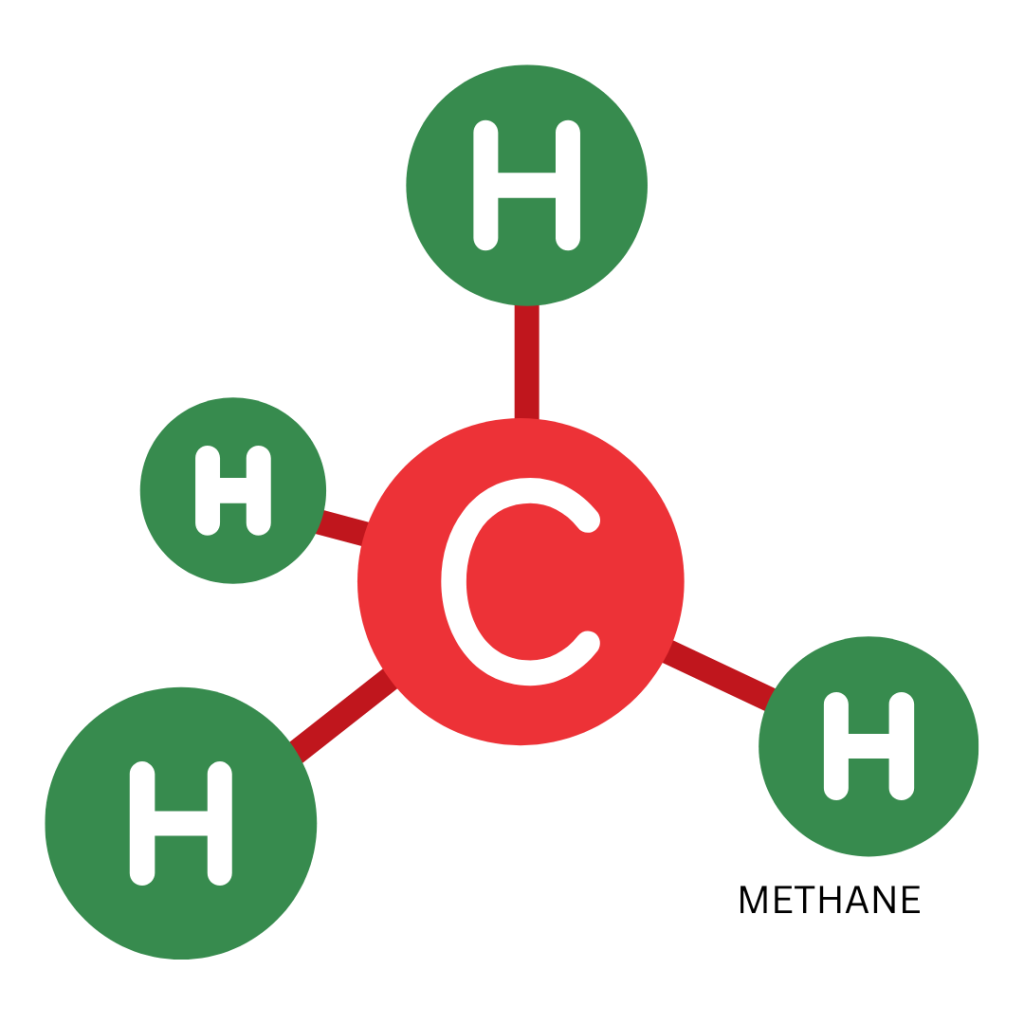
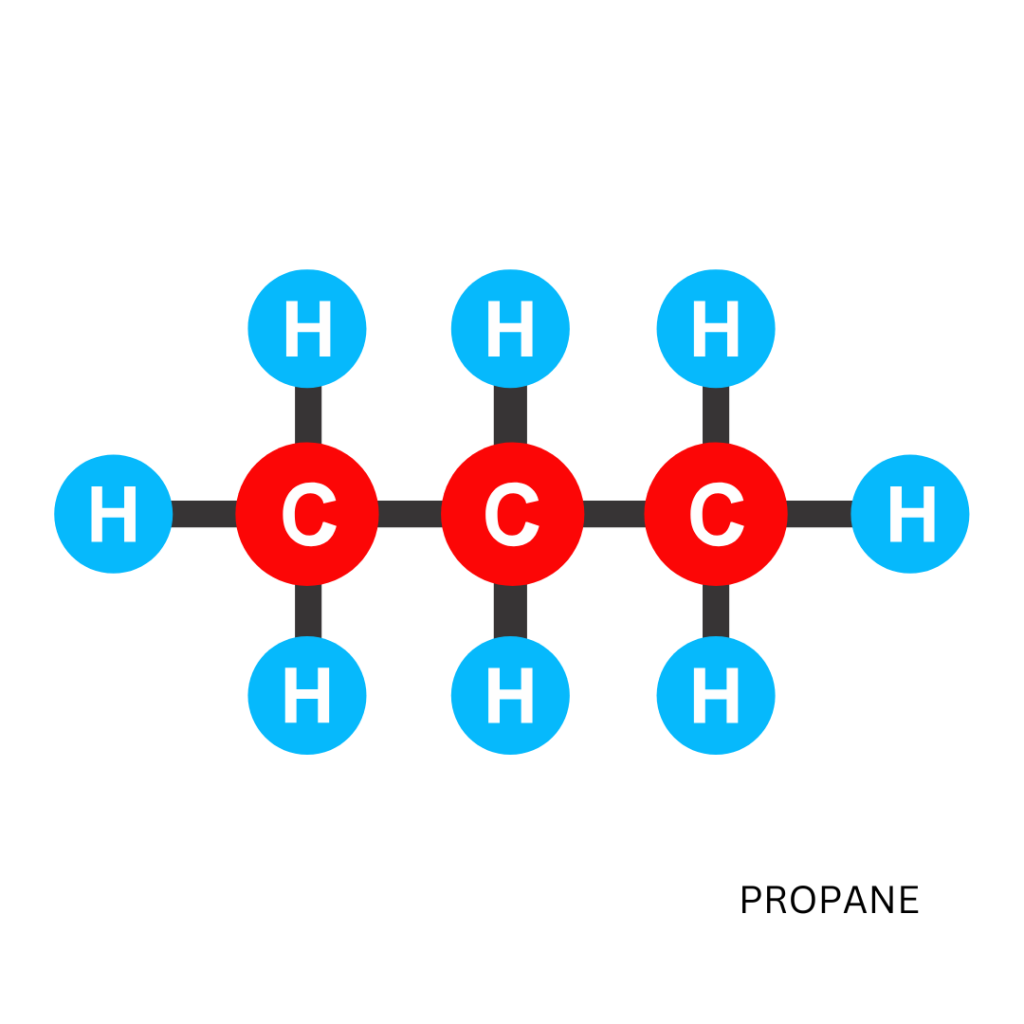
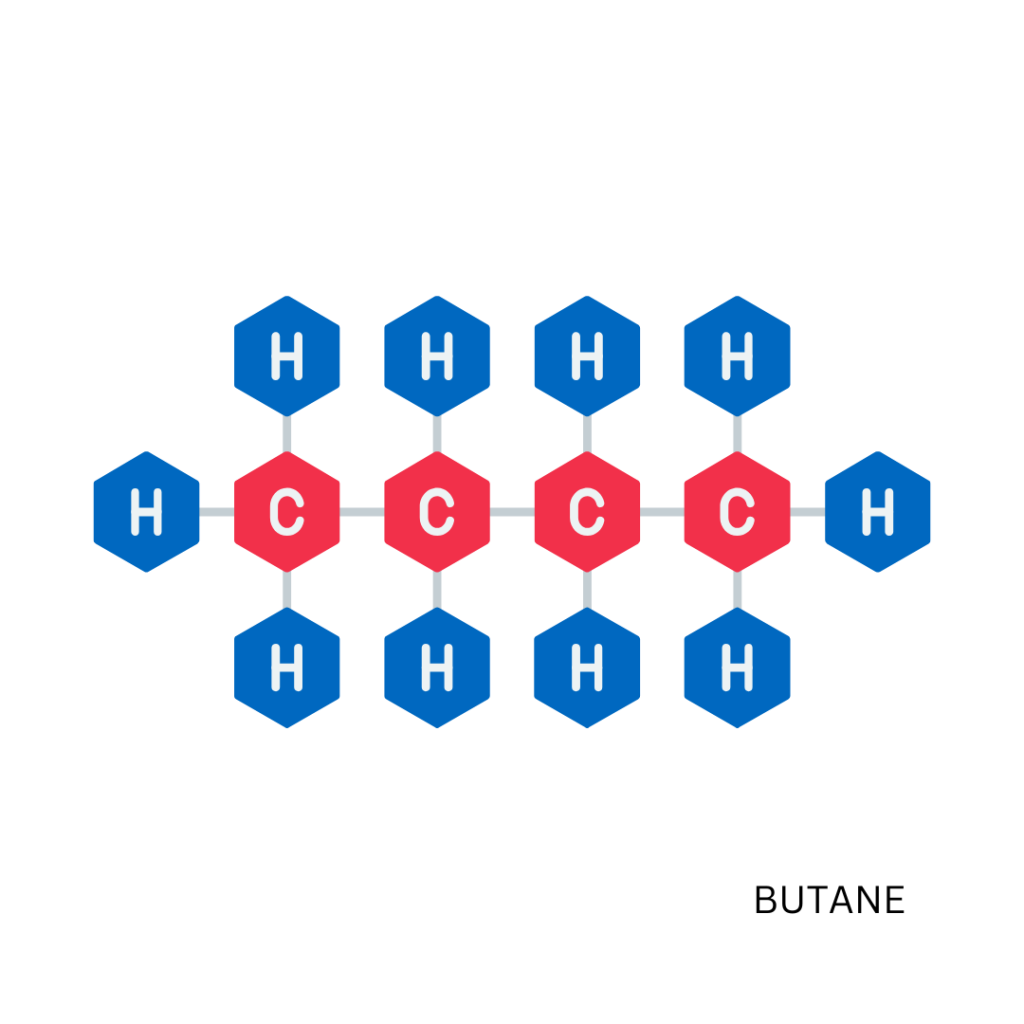
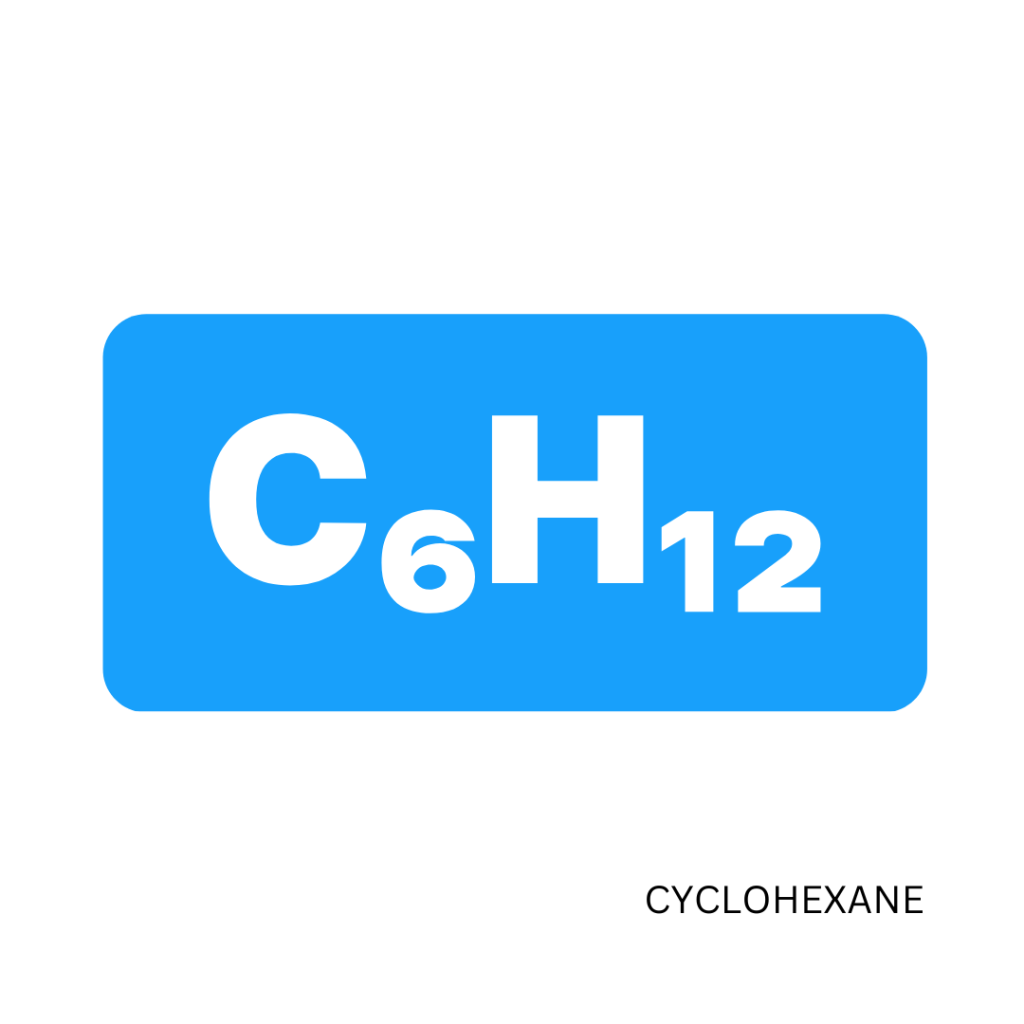
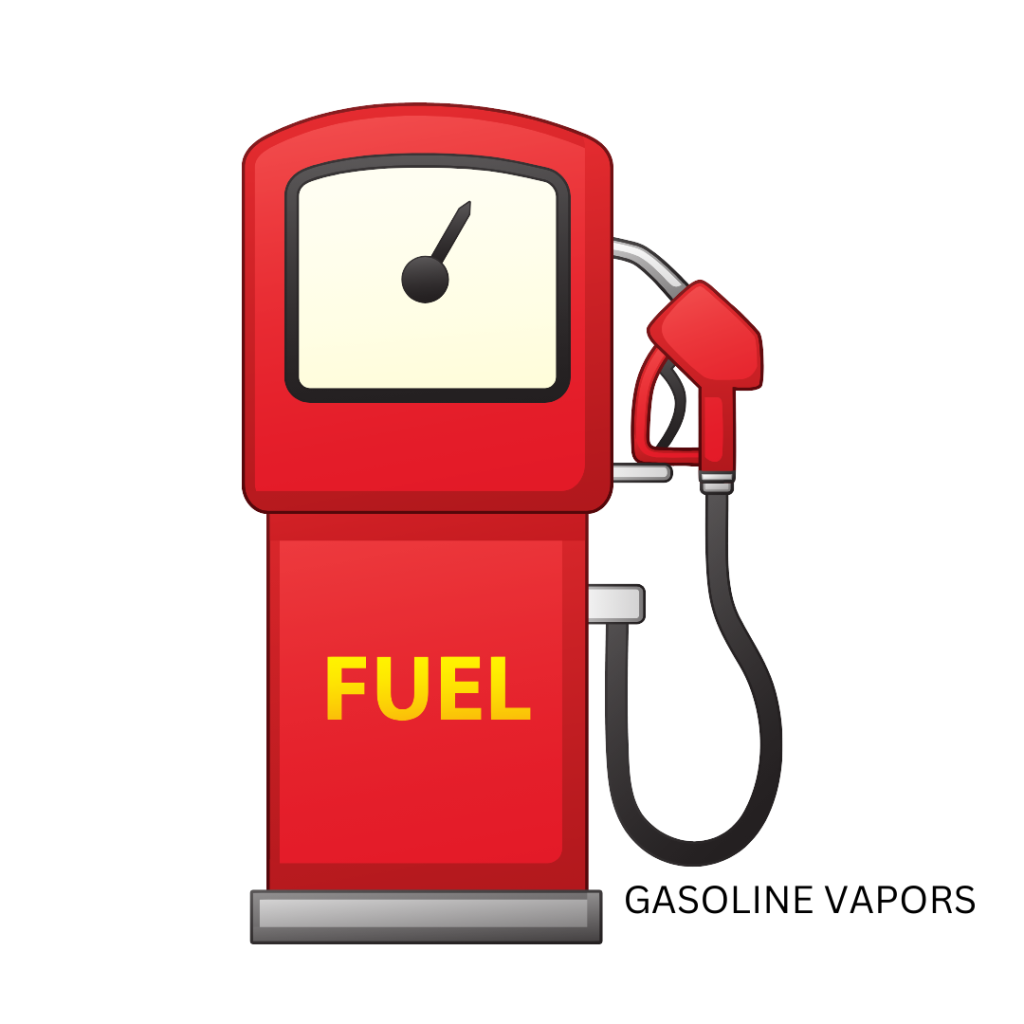
Oxygenated Compounds:
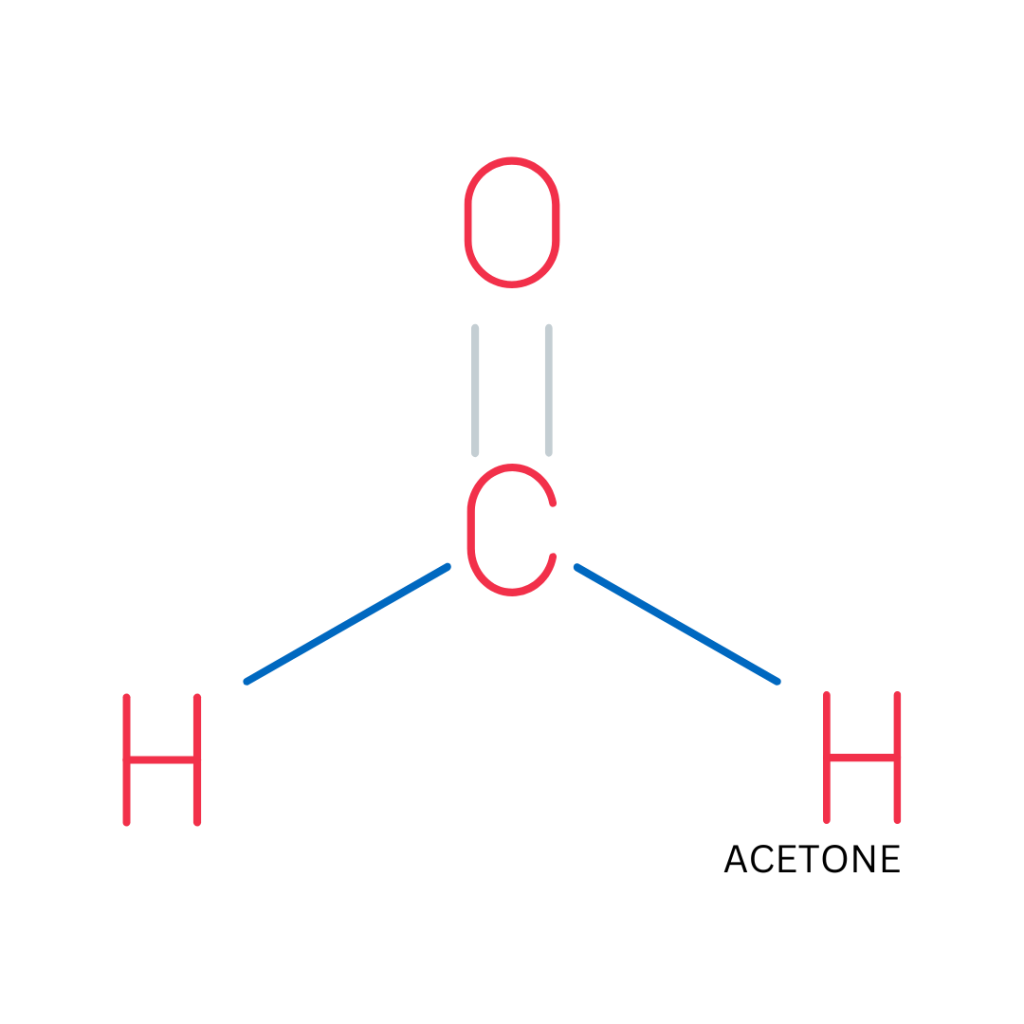
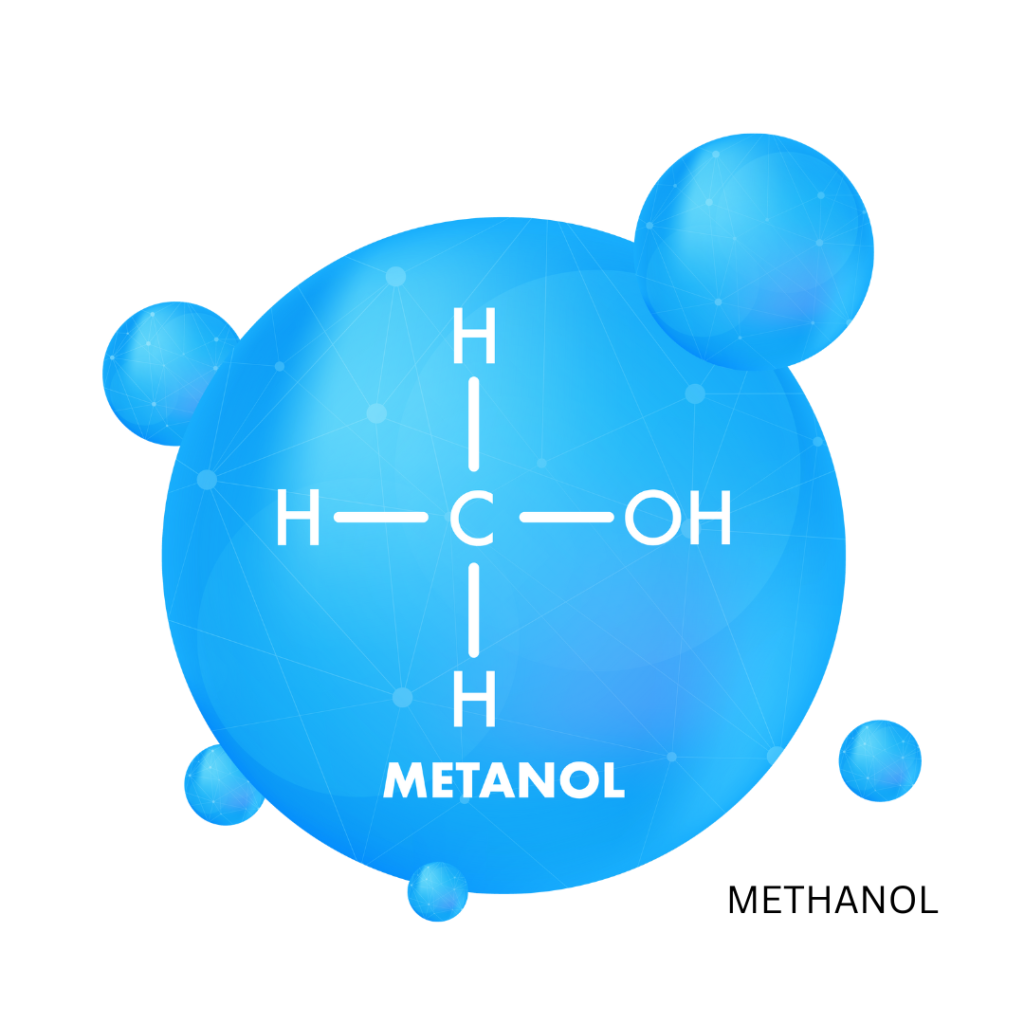

Aromatic Hydrocarbons:
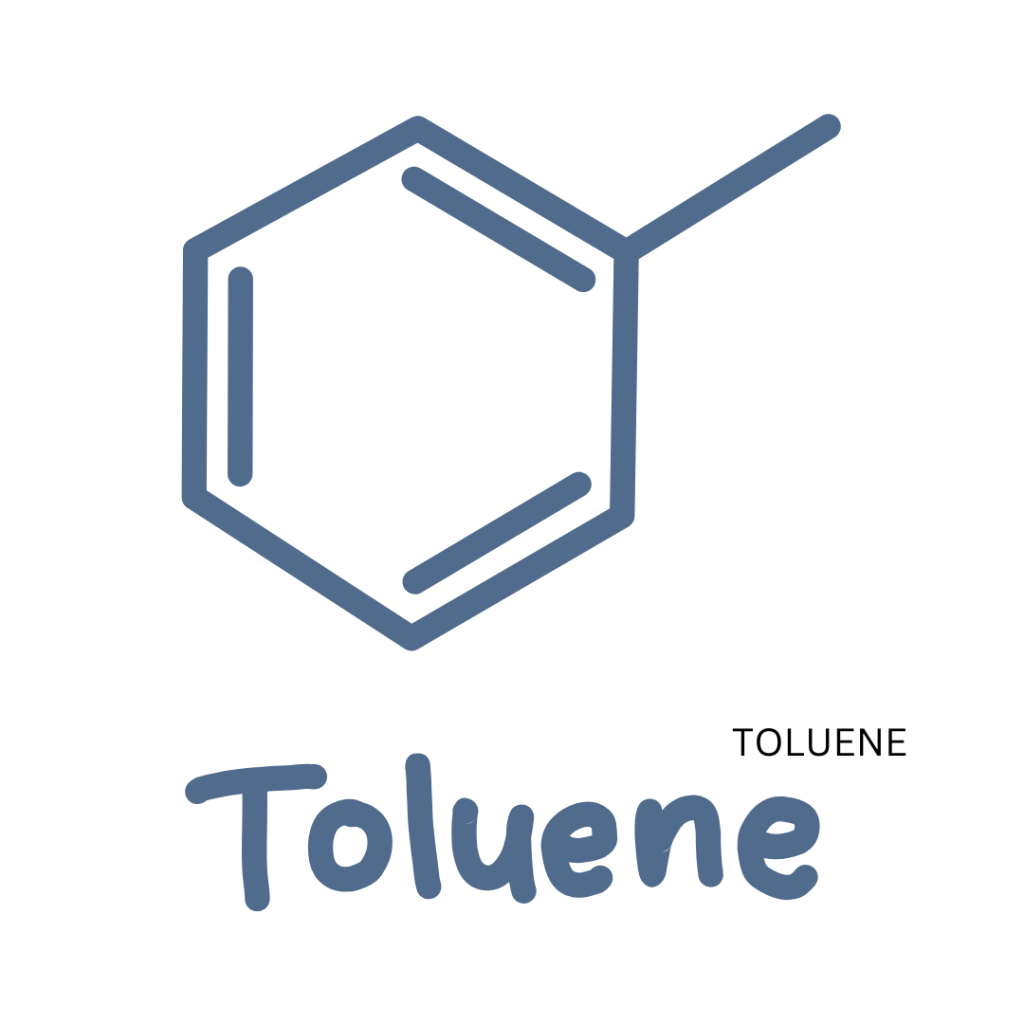

Industrial Gases:


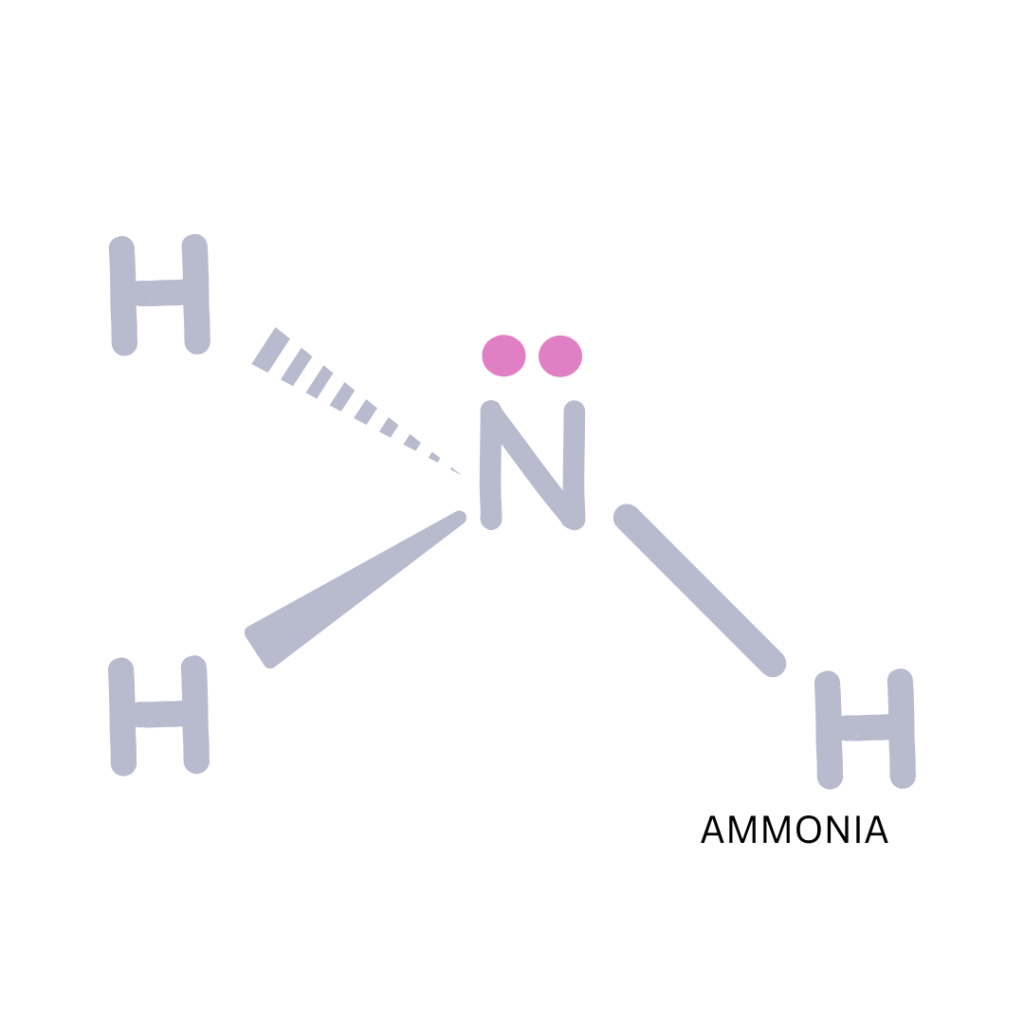
Miscellaneous Gases:
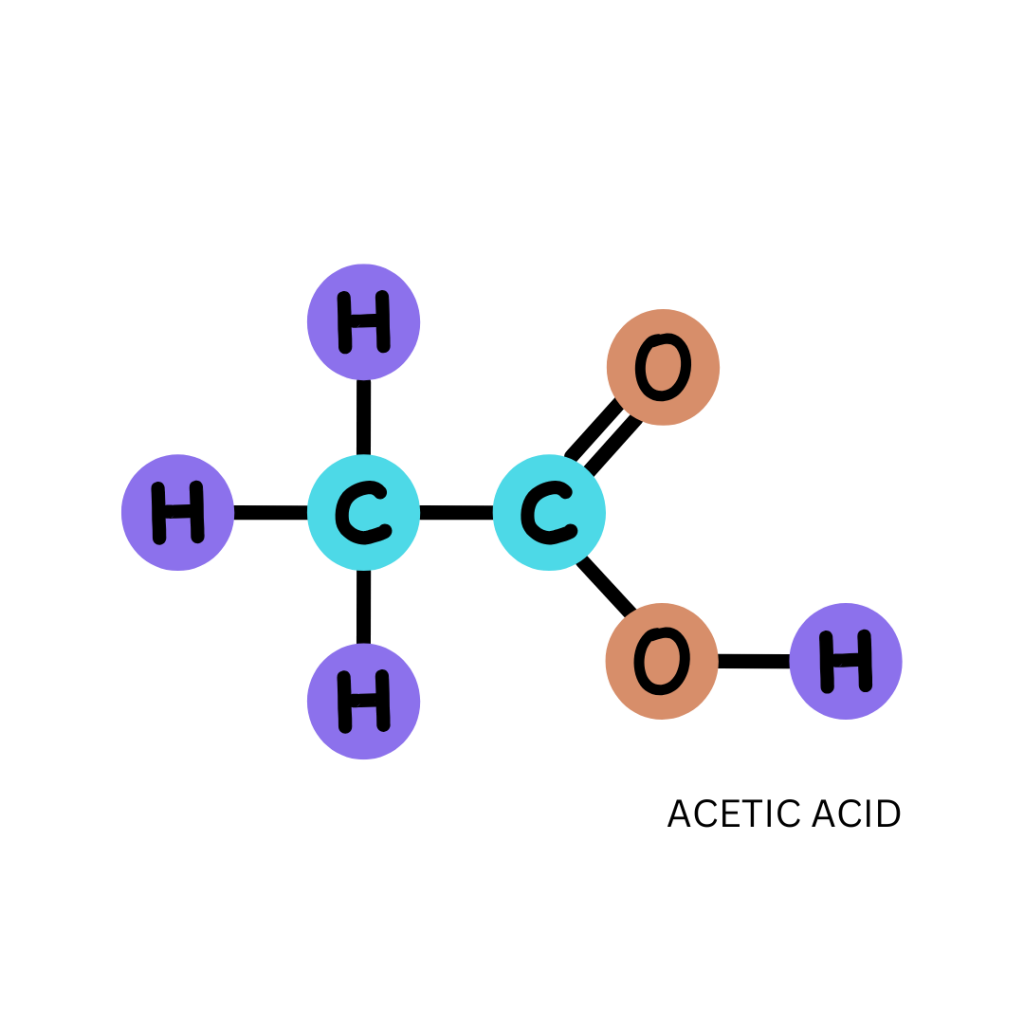
This standard categorizes gases into groups and subgroups based on their flammability and explosive potential:
This classification allows industries to design explosion-proof systems, choose appropriate equipment, and follow standardized safety protocols.
There are three area category types, with Category 1 requiring a very high level of protection and defined
as an area having a permanent or prolonged risk of explosions (Zone 0), Category 2 which requires a high
level of protection and has a frequent risk of an explosive mix being present in the air (Zone 1), and
Category 3, specified as requiring a normal level of protection with a small chance of an explosive mix
forming (Zone 2).
| Gas Zones | Definition |
| Zone 0 | Explosive atmosphere present continuously or for long periods, frequently |
| Zone 1 | Explosive atmosphere is likely to occur under normal conditions, occasionally |
| Zone 2 | Explosive atmosphere is unlikely to occur under normal conditions, short periods |
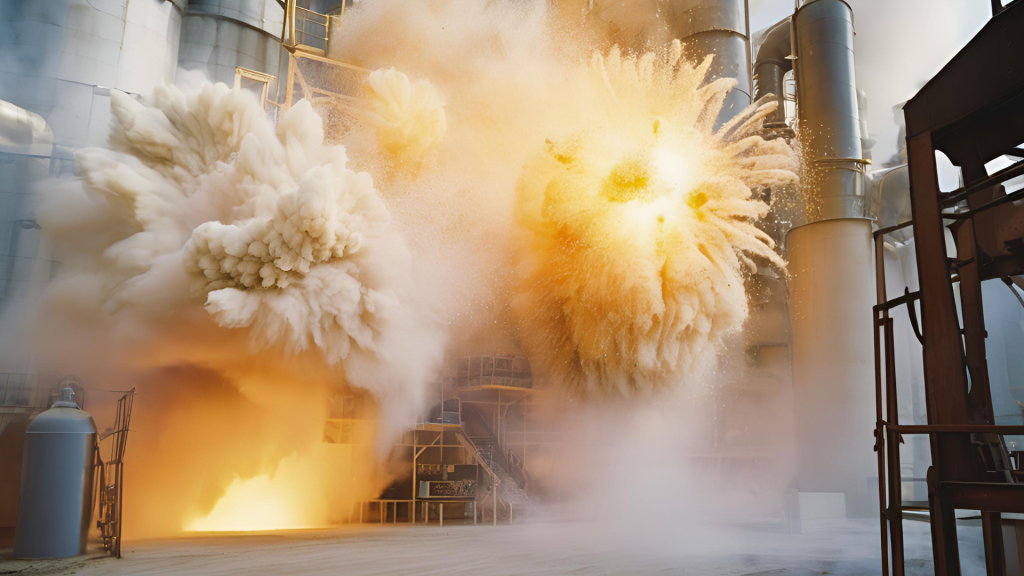
Combustible dust consists of fine particles of materials that can easily ignite and cause explosions when dispersed in the air and exposed to a heat source or flame. These dust particles are small enough to remain airborne under specific conditions, creating a highly flammable atmosphere. While all types of dust have the potential to be hazardous, combustible dust is hazardous due to its ability to create explosions when ignited.
| Dust Groups | Dusts are classified by the types of material that make up the dust |
| IIIA | Combustible fibres and flyings |
| IIIB | Group IIIA dusts plus, Non-Conductive Dusts |
| IIIC | Group IIIA and IIIB dusts plus, Conductive Dusts |
Group IIIA dust refers to a category of hazardous materials classified under the IECEx or ATEX systems. This classification typically includes non-conductive dusts that are capable of causing a fire or explosion hazard in environments with specific ignition sources. Let's break it down:
Definition: Group IIIC consists of conductive dusts, such as metal powders (e.g., aluminum or graphite).
This group also includes all dusts classified under IIIA and IIIB.Key Property: Conductive dusts can carry electrical charges, increasing the risk of ignition due to sparks, static discharge, or other electrical phenomena.
Examples: Aluminum dust (conductive), flour dust (from IIIA), and powdered sugar (from IIIB).Hazard: Conductive dusts are highly dangerous in environments with electrical equipment since they can create sparks or short circuits, leading to explosions.
There are three area category types, with Zone 20 requiring a very high level of protection and defined
as an area having a permanent or prolonged risk of explosions, Zone 21 which requires a high
level of protection and has a frequent risk of an explosive mix being present in the air, and
Zone 22 is specified as requiring a normal level of protection with a small chance of an explosive mix
forming.
| Dust Zones | Definition |
| Zone 20 | Explosive atmosphere present continuously or for long periods, frequently |
| Zone 21 | Explosive atmosphere is likely to occur under normal conditions, occasionally |
| Zone 22 | Explosive atmosphere is unlikely to occur under normal conditions, short periods |
Combustible gas and dust explosions share similar principles, as both occur when a fuel source is mixed with oxygen in the presence of an ignition source and confinement. To understand the process better, we can break it down into the key elements that must align for an explosion to take place. Below is an explanation of each element, specifically for both combustible gas and dust explosions:

Combustible Dust: The fuel in a combustible dust explosion is the dust itself, made up of tiny, fine particles of combustible materials such as wood, sugar, flour, metals (e.g., aluminum), or chemicals. These particles, when suspended in the air, become highly flammable.
Combustible Gas: In the case of combustible gases, the fuel is the gas itself, such as methane, propane, hydrogen, or natural gas. These gases can ignite when mixed with air and exposed to a spark or heat.

Combustible Dust: Oxygen from the surrounding air is needed to support the combustion of the dust particles. In a confined or semi-confined space, oxygen concentration can quickly increase, further fueling the explosion.
Combustible Gas: Similarly, oxygen in the air supports the combustion of gases. The right oxygen-to-gas ratio is critical for ignition. Too little oxygen may prevent ignition, while too much can lead to an uncontrollable explosion.

Combustible Dust: An ignition source for combustible dust can be sparks, open flames, hot surfaces, or static electricity. In some industrial settings, sparks from machinery or hot exhausts can easily ignite accumulated dust clouds.
Combustible Gas: Combustible gases require a specific ignition source to trigger combustion, such as an electrical spark, open flame, or even a hot surface like an engine exhaust.

Combustible Dust: Combustible dust explosions are more dangerous when they occur in confined or semi-confined spaces, such as silos, hoppers, or even factory buildings. The confined space intensifies the explosion by allowing pressure to build up.
Combustible Gas: Similarly, gas explosions are more dangerous in confined spaces, where gas can accumulate to dangerous levels, creating a potentially explosive environment. Examples include gas leaks in basements, storage tanks, or poorly ventilated rooms.
For both combustible gas and dust explosions to happen, all five elements must align—fuel (gas or dust), oxygen, an ignition source, dispersion (airborne particles or gas), and confinement (a confined or semi-confined space). Understanding each of these factors and how they contribute to explosive incidents is key to preventing such disasters and ensuring workplace safety.
Many industries face significant risks from both combustible gases and dust. These hazards can lead to devastating explosions and fires if proper safety measures are not in place. Below is an overview of industries particularly vulnerable to these risks and an explanation of why they are prone to incidents.

Sources of Dust: Grain dust, sugar particles, flour, and spices are common examples.
Sources of Gas: Methane from fermentation processes or decomposing organic matter.
Risk Factors: Grain elevators, silos, and processing equipment can confine dust and gas. Ignition sources, like equipment sparks or heat, can easily trigger explosions.
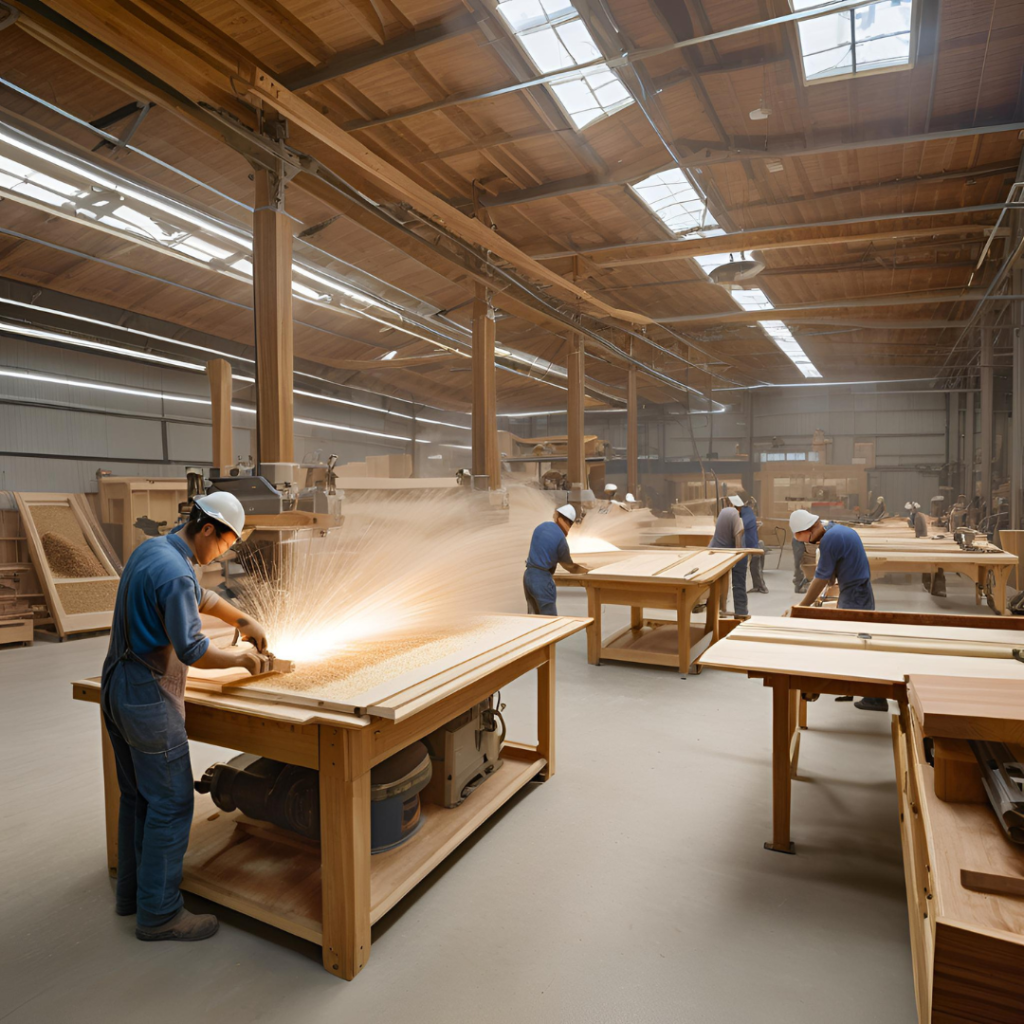
Sources of Dust: Sawdust, wood shavings, and fine particles from cutting or sanding operations.
Sources of Gas: Vapors from wood treatments, adhesives, or finishes like varnish and lacquer
Risk Factors: Dust accumulates in confined spaces, while volatile organic compounds (VOCs) from treatments can ignite when exposed to heat or sparks.
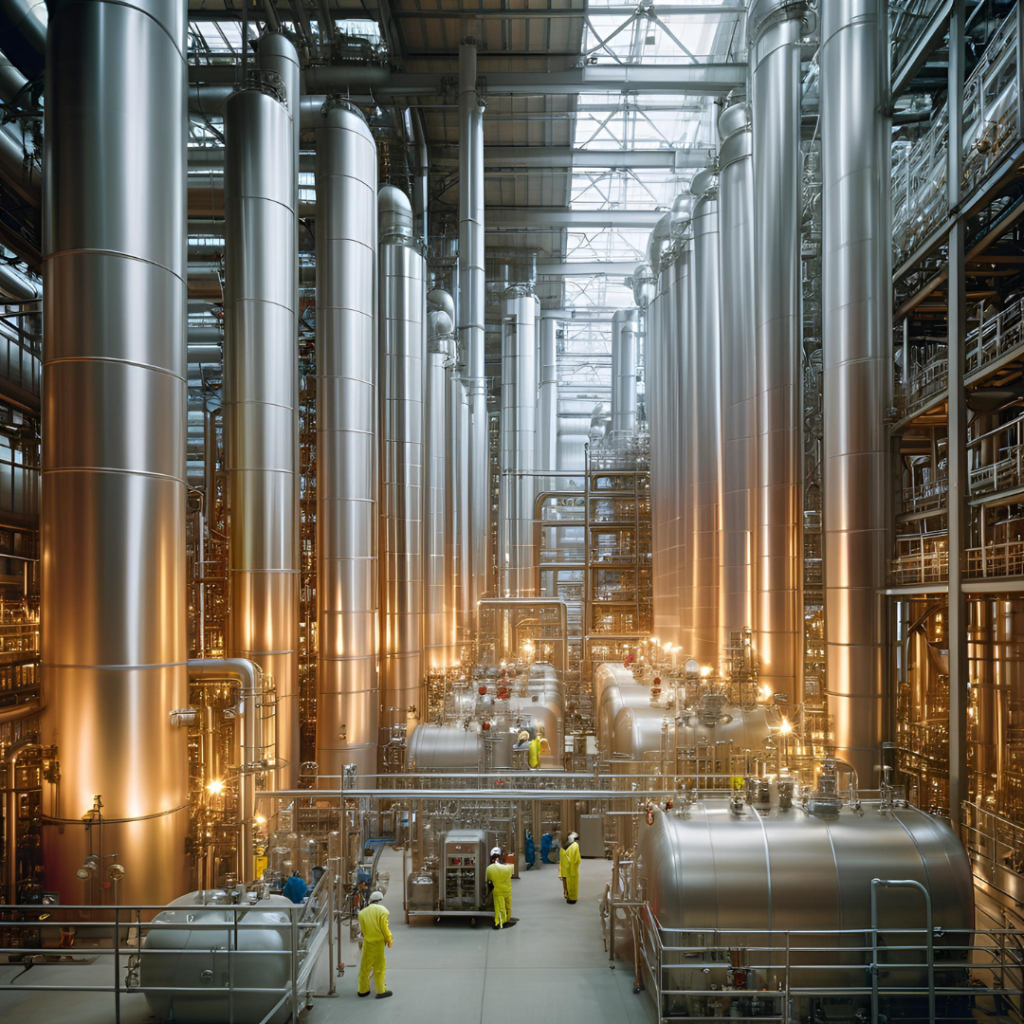
Sources of Dust: Powders, resins, and other fine chemical particulates.
Sources of Gas: Volatile chemicals, flammable vapors, and process byproducts like hydrogen or methane.
Risk Factors: Enclosed spaces, combined with heat, static electricity, or chemical reactions, can create explosive environments.
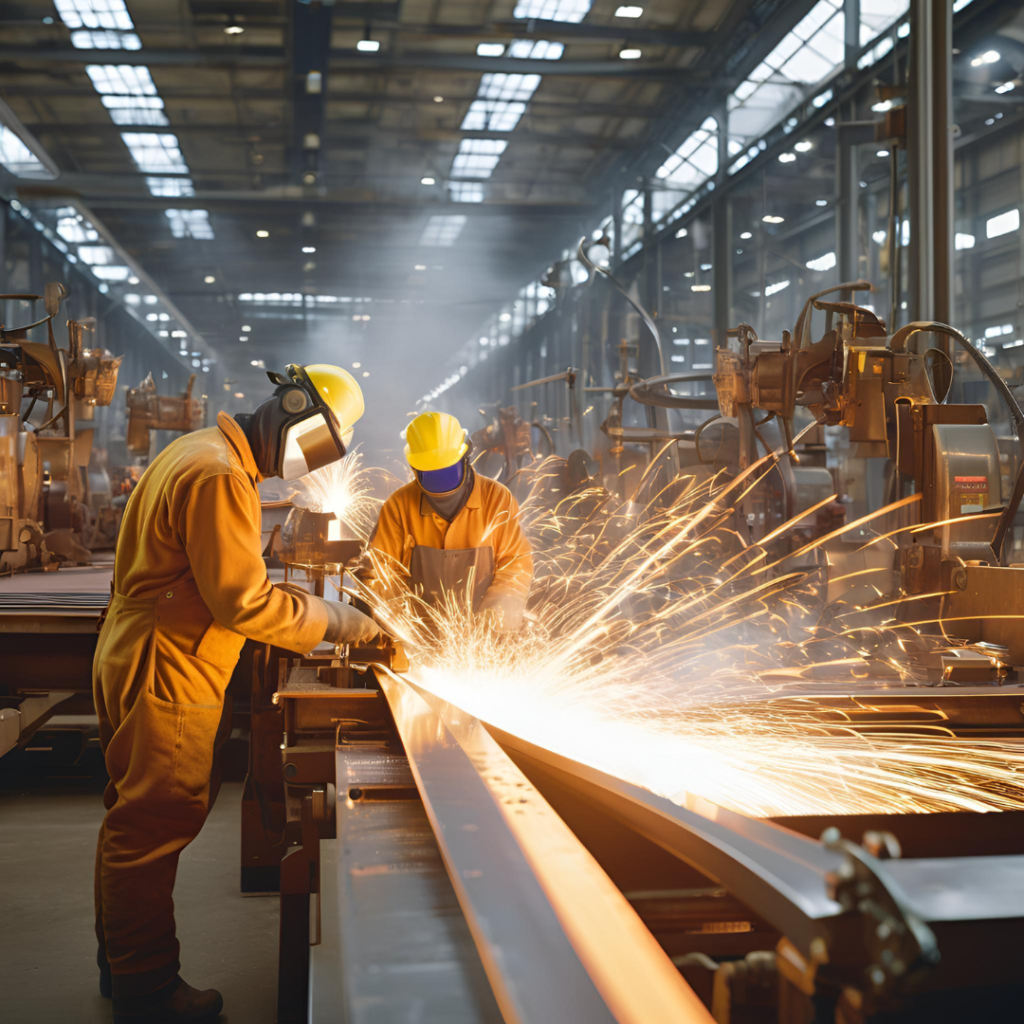
Sources of Dust: Fine particles from grinding, polishing, or machining metals like aluminum, magnesium, and titanium.
Sources of Gas: Hydrogen gas from metal reactions or industrial processes such as electrolysis.
Risk Factors: Sparks from cutting or welding operations can ignite the flammable gas and dust combination.
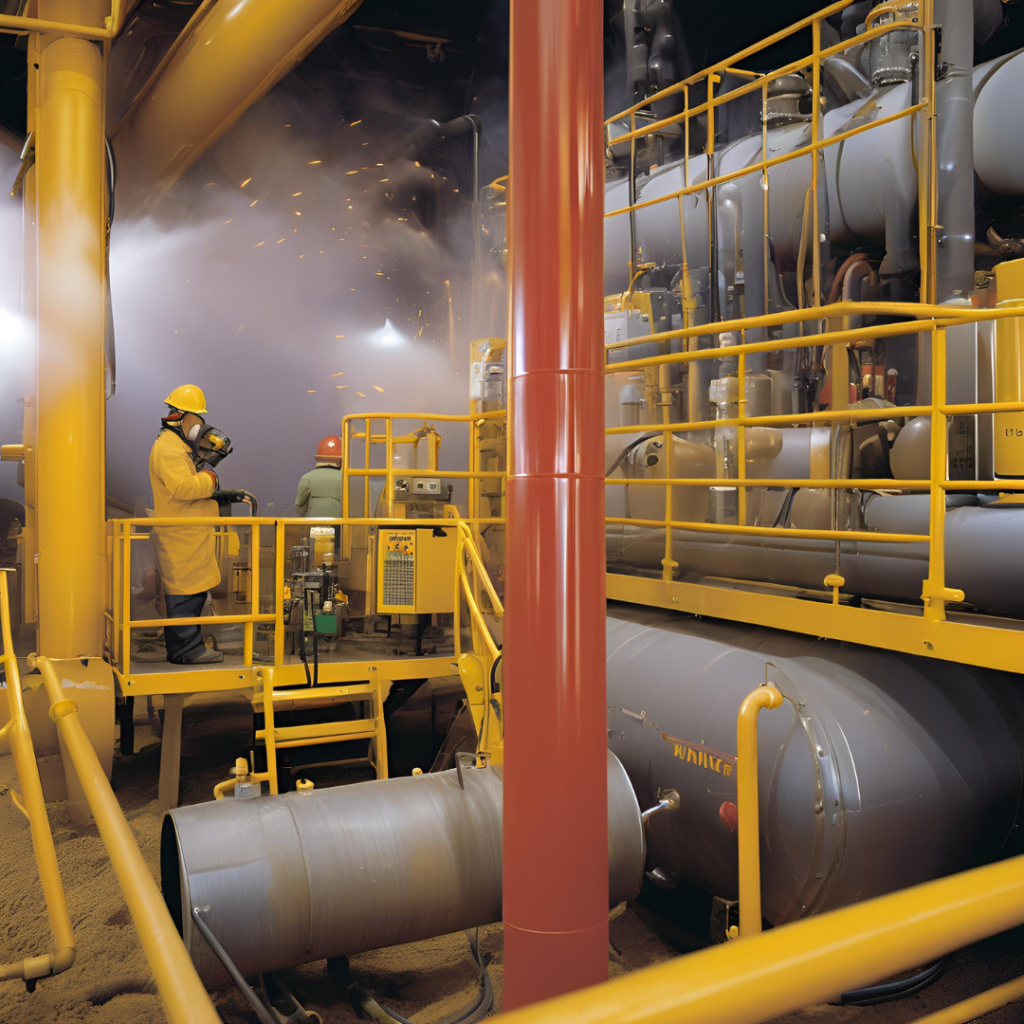
Risk Factors: The presence of volatile gases in confined areas, combined with high-pressure systems and equipment that generate sparks or heat.
Sources of Dust: Fine particles from drilling operations or sand used in hydraulic fracturing.
Sources of Gas: Natural gas, methane, and flammable vapors from crude oil.
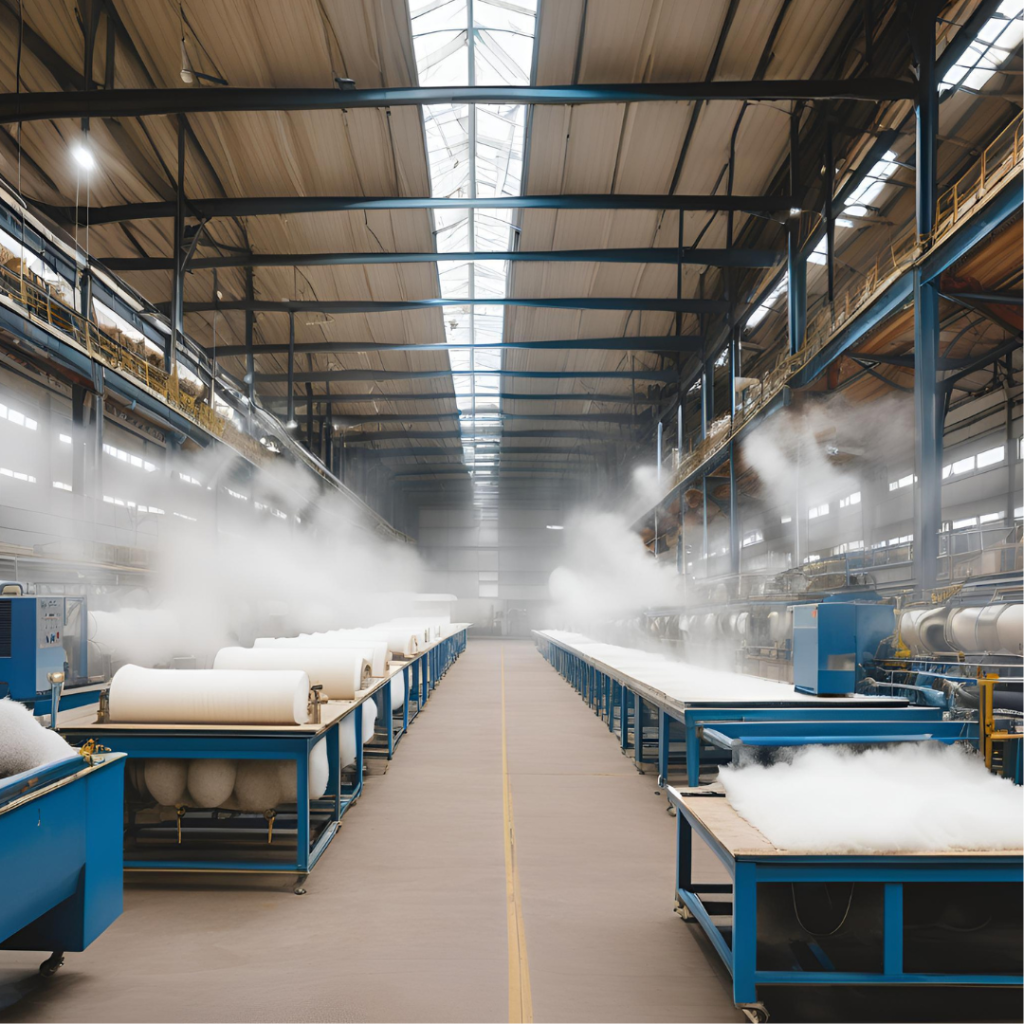
Sources of Dust: Fibers and lint from cotton, wool, or synthetic materials.
Sources of Gas: Vapors from dyeing, bleaching, and other finishing processes.
Risk Factors: Dust accumulation in ventilation systems and volatile gases from treatment processes can ignite with static electricity or overheating.
Industries dealing with both combustible gases and dust face compounded risks that require robust safety measures. Understanding the specific sources of these hazards and implementing targeted strategies, such as effective ventilation, equipment maintenance, and ignition source control, is essential for minimizing the potential for catastrophic incidents.
The accumulation of combustible dust on surfaces such as machinery, floors, walls, and overhead structures increases the risk of explosions. When disturbed, these layers of dust can become airborne, forming combustible clouds. Similarly, failure to manage leaks of combustible gases can allow them to concentrate to dangerous levels in enclosed areas.
Inadequate air circulation prevents the dispersion of flammable gases and allows dust clouds to form. Poor ventilation can result in the accumulation of hazardous concentrations, making environments highly prone to explosions.
The presence of ignition sources, such as sparks from electrical equipment, hot surfaces, static electricity, or open flames, significantly contributes to explosion risks. These sources can easily ignite combustible dust clouds or gas mixtures if not adequately controlled.
Worn-out or improperly maintained machinery can generate sparks, overheat, or develop leaks, creating ignition points or dispersing combustible materials into the air. Regular equipment checks and preventive measures are essential to avoid these risks.
Untrained employees, such as those without IECEx CoPC (Certificate of Personnel Competence) course, can unknowingly create hazards in explosive environments. This globally recognized certification ensures workers are equipped to identify and manage risks effectively, making education essential for preventing accidents and ensuring workplace safety.

By addressing these root causes individually and systematically, industries can significantly reduce the likelihood of combustible gas and dust explosions
Combustible gases and dust explosions leave a trail of destruction that affects lives, property, the environment, and the economy. Here's how:
The intense energy released during an explosion can lead to severe injuries and fatalities, particularly in densely populated work environments. Employees in proximity to the explosion's source are most at risk, making safety protocols critical.

Explosions often destroy factories, warehouses, and machinery, leading to expensive repairs or total rebuilds. The damage is not just limited to the affected site; neighboring facilities can also experience significant structural impacts.

The aftermath of explosions can release harmful chemicals, toxic dust, or flammable gases into the air, water, or soil, contributing to environmental degradation. Cleanup efforts often require significant time and resources.
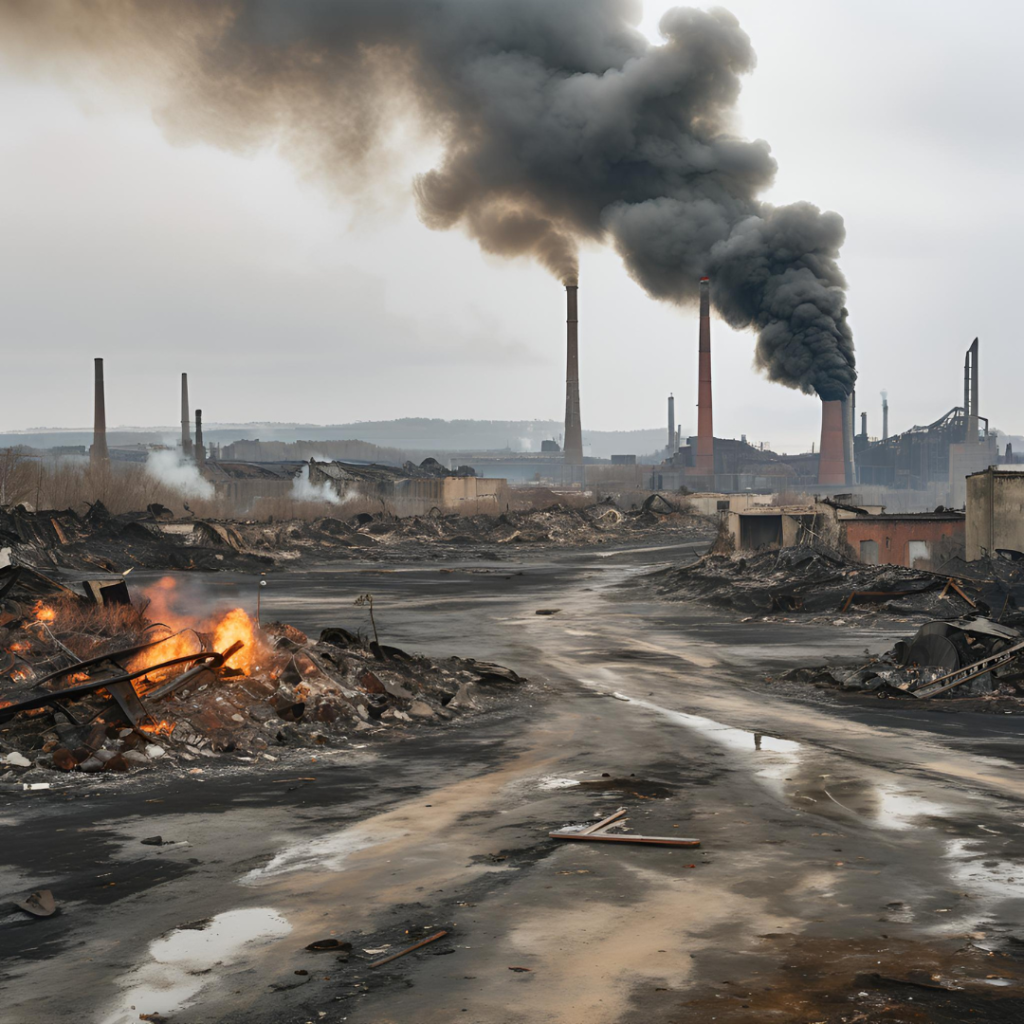
The financial consequences include production downtime, expensive equipment replacements, and lost revenue. Additionally, businesses face costs related to worker compensation, legal claims, and damage to their reputation.
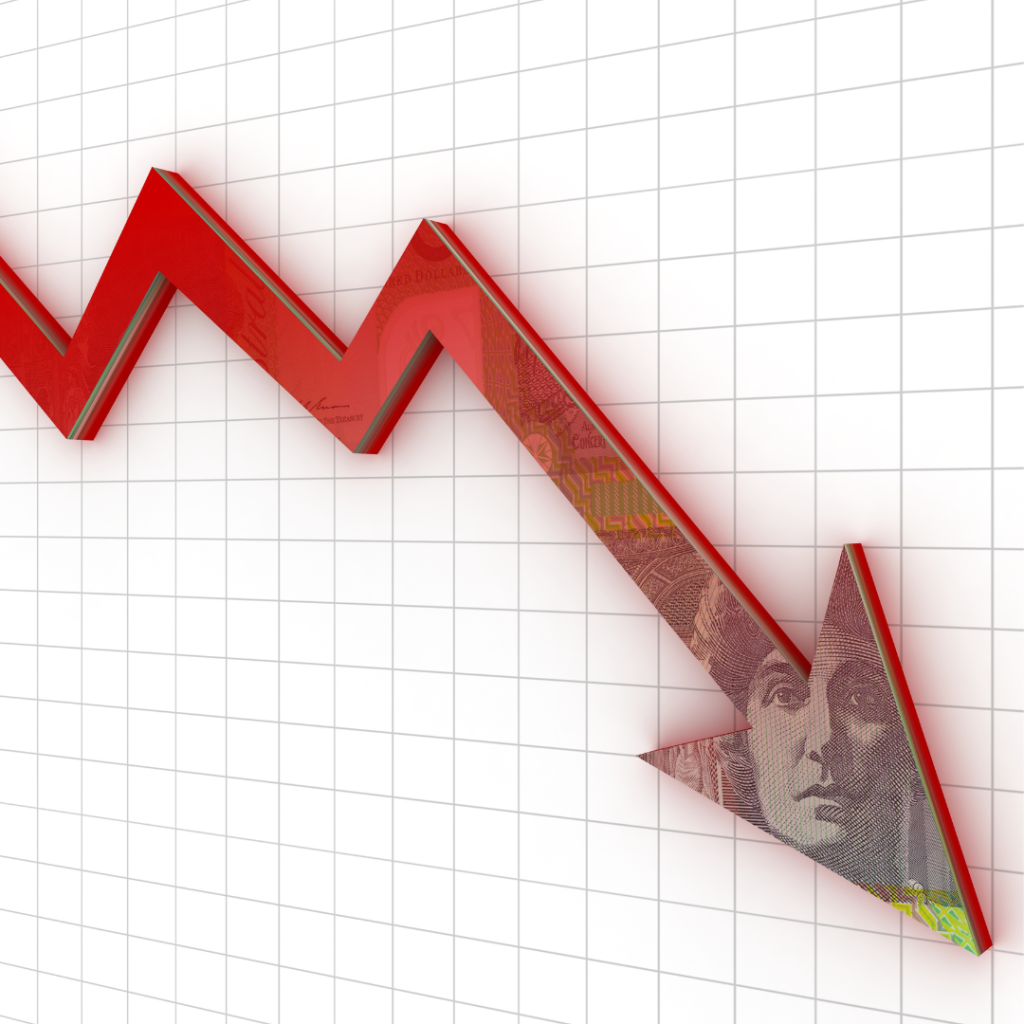
Understanding the multifaceted impact of such incidents underscores the importance of proactive safety measures and strict adherence to industry standards. Let me know if you'd like this expanded further!
Ultech Engineering is introducing explosion-proof training to East Malaysia in collaboration with Capeserve Energy, a certified trainer for IECEx CoPC (Certificate of Personnel Competence). This partnership aims to provide comprehensive education on managing risks in explosive atmospheres, ensuring personnel are well-equipped to handle hazardous conditions.
The training focuses on international safety standards, hazard identification, and preventive measures, empowering industries to enhance workplace safety and meet compliance requirements. Ultech Engineering and Capeserve Energy are committed to fostering a safer and more competent workforce in East Malaysia through this initiative.

The IECEx Certification of Personnel Competence (CoPC) is a globally recognized certification under the International Electrotechnical Commission (IEC). It is specifically tailored for individuals working in environments with significant risk of fire or explosion. This certification formalizes the individual's possession of the necessary skills, knowledge, and experience to safely perform specific tasks in hazardous environments, thereby reducing the risk of accidents and ensuring compliance with stringent international standards.
IECEx stands for the certification by the International Electrotechnical Commission for Explosive Atmospheres. To be IECEx certified, all products must be monitored by the International Electrotechnical Commission to ensure that they meet the minimum safety requirements. This process will determine whether the products can be used in hazardous or potentially explosive locations.
Being IECEx certified allows the products and equipment to be traded across countries without being re-tested and re-certified for every country. As different countries adhere to different safety standards, products from one country must be re-tested in another country to abide by its guidelines for use in hazardous areas. Therefore, IECEx acts as a common set of safety standards amongst participating countries' certifications, which helps reduce testing and certification costs for manufacturers. Participating countries in the IECEx Scheme include most countries in Europe, Canada, Australia, Russia, China, the United States, and South Africa.
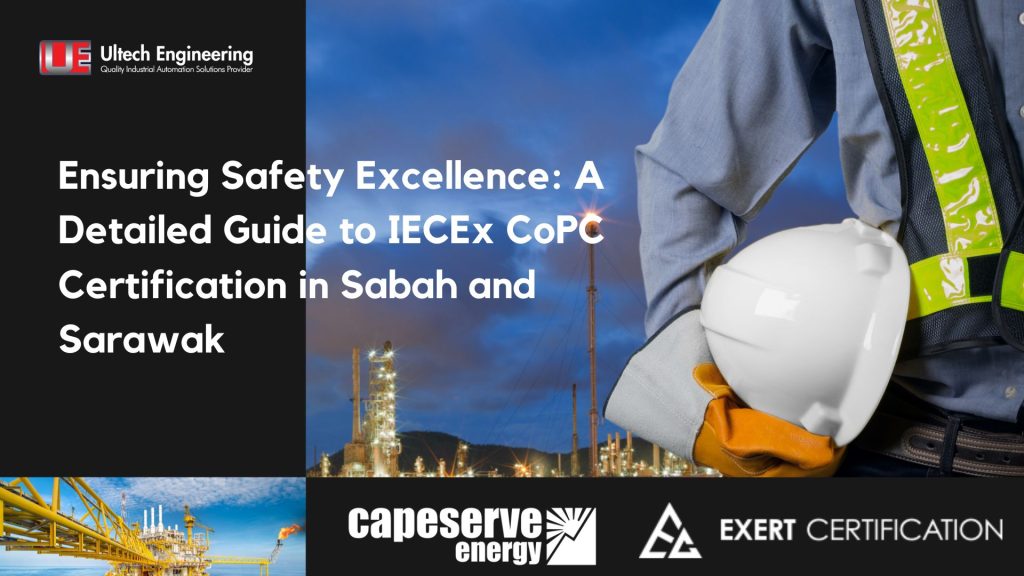
In industries where explosive atmospheres are a constant threat, personnel competence is not just a regulatory requirement but a vital component of operational safety. The IECEx CoPC certification minimizes risks by ensuring personnel are well-versed in safety protocols and equipped to handle hazardous situations. This certification is vital for oil and gas, petrochemicals, and mining industries, where even a minor oversight can lead to catastrophic consequences.
IECEx CoPC certification example
Combustible gas and dust explosions are critical industrial hazards that require diligent attention from management, workers, and safety professionals. These incidents can have devastating consequences, including loss of life, property damage, environmental harm, and financial setbacks. Industries can identify vulnerabilities and implement stringent safety measures to mitigate risks by thoroughly understanding the factors contributing to these explosions.
Investing in education and training, such as the IECEx CoPC courses brought to East Malaysia by Ultech Engineering in collaboration with Capeserve Energy, is pivotal in raising awareness and equipping professionals with the skills to manage explosion risks effectively. As industries embrace advanced technology and proactive safety strategies, the vision of eliminating combustible gas and dust incidents moves closer to reality, creating a safer workplace for all.

